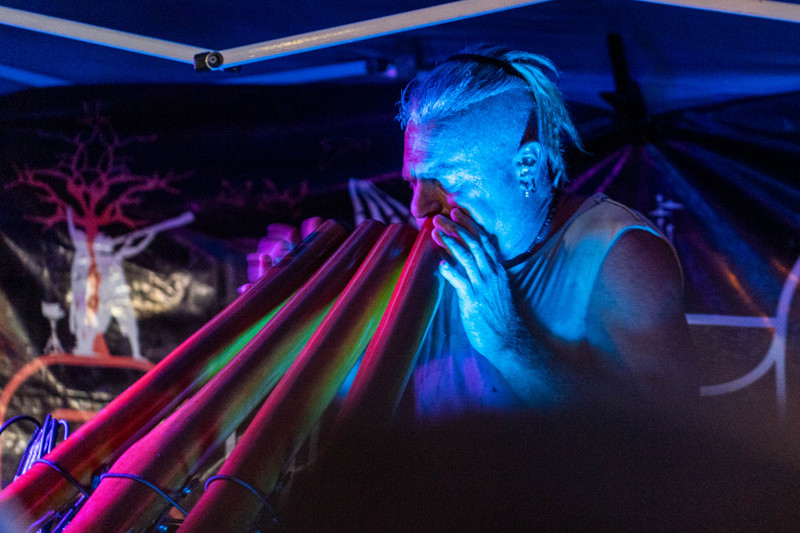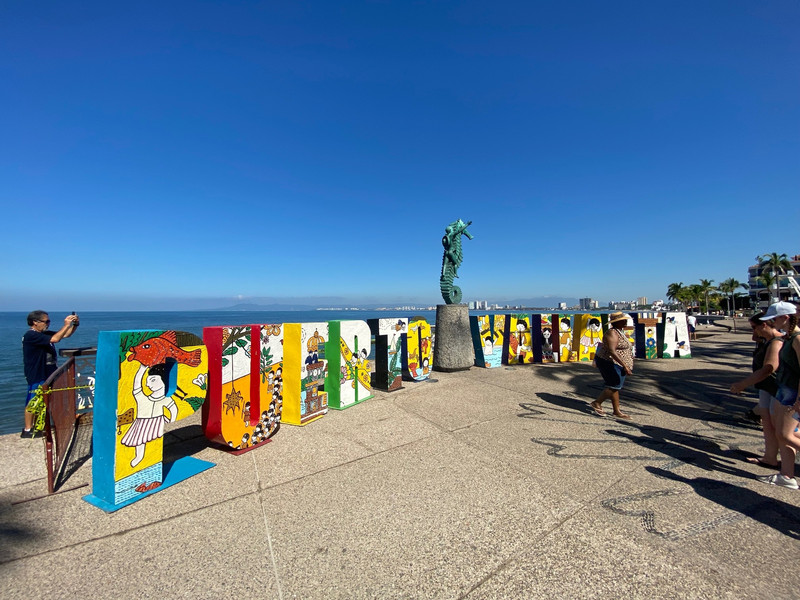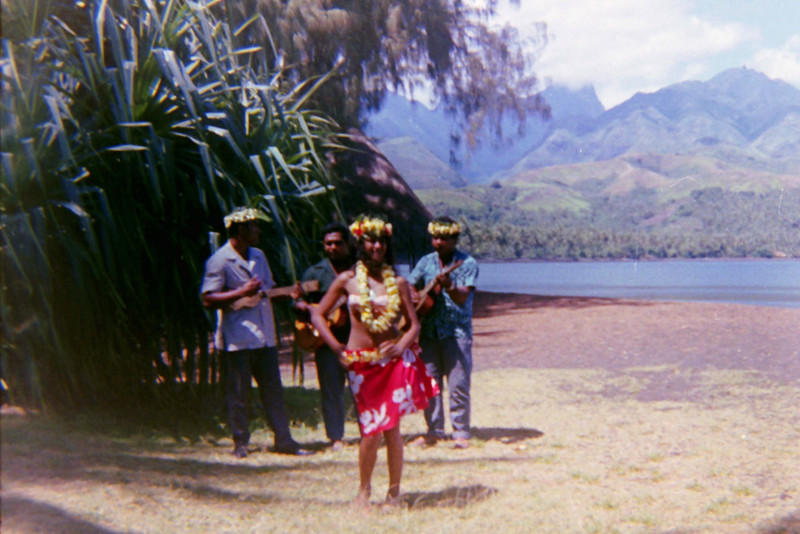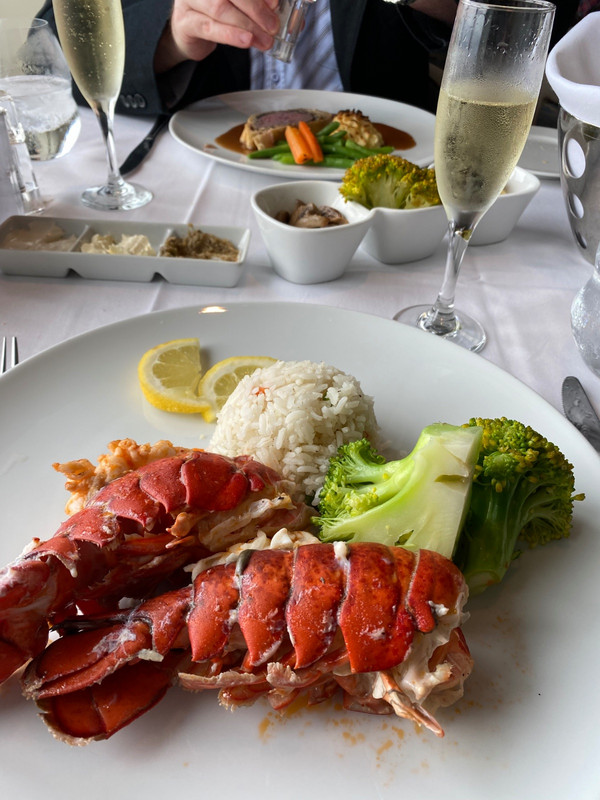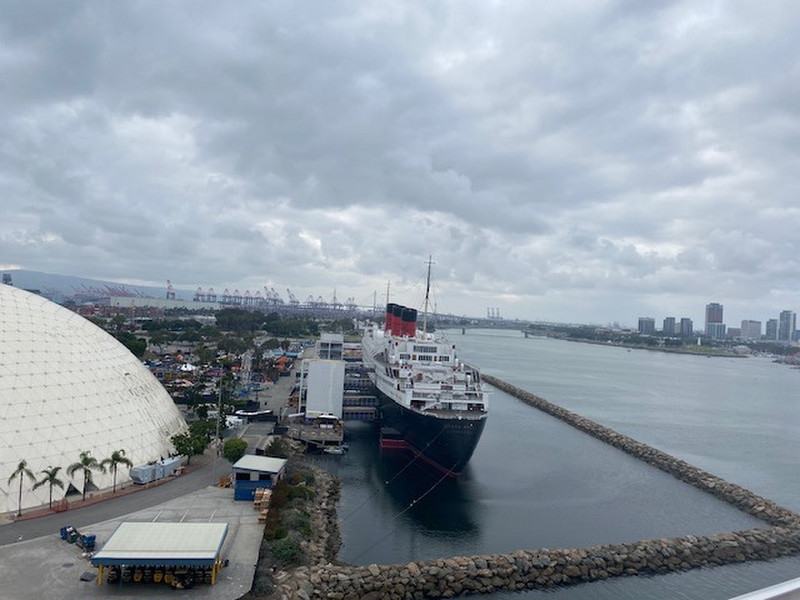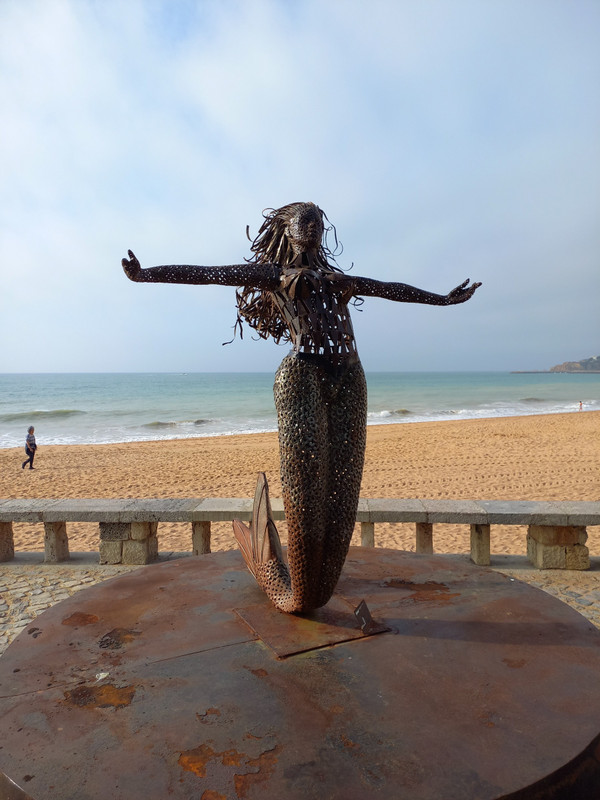We wake to a text from our friends Peter and Teresa telling us that theyve been watching a news report saying that we, yes, Issy and me, have brought COVID to Darwin. Were not quite sure why squads of heavily armed guards havent broken down our door yet. Issy rings Teresa in a panic. It seems that Peter saw something on the TV about COVID fragments in the local wastewater and thought it might be amusing to give us a scare. If we werent properly awake before we certainly are now. I start planning an appropriate level of revenge. Letting down the tyres on his van wouldnt seem to be even close to cutting it....
We head off to the Darwin Military Museum out at East Point. Theres a heavy emphasis here on the World War 2 air raids on the city. The first and most devastating of these was on 19 February 1942; more than 250 people were killed and ten ships were sunk in the harbour. This was only the first of more than 100 such raids on Darwin and other places in the Top End in 1942/43. My father was a career soldier and was here during
the first and a number of the subsequent raids. I dont remember him ever talking about it much other than to say that the devastation was much worse than was ever reported in the news down south. I suspect this was probably to avoid panic that we were about to be invaded. Most women and children had already been evacuated before the raids, and no one was allowed to move back here until 1946. Many never returned. The museum is excellent. It includes an presentation on the air with flashing lights, and booming sound effects of sirens, low flying planes and anti aircraft fire. The display continues in the gardens adjoining the main building - large collections of military vehicles, weapons, uniforms and other military memorabilia. We climb onto a massive gun emplacement, and then down steps to view more museum items housed in the rooms underneath it. Theres another similar emplacement in the park across the road. The setting is all very peaceful, and seems to at odds with the horrors of war.
We continue on to the northern suburb of Nightcliff where I lived when I was here in 1980. I remember
the name of the street that the apartment was in and that it was across the road from a school. We drive up and down past lots of apartment blocks that would seem to fit that description, but none of them look all that familiar. It seems that as is probably the case with the office block I worked in back then this has also gone the way of the dinosaur.
We wander along the wide and seemingly endless sandy expanse of Casuarina Beach. We see signs warning about the dangers of swimming here due to marine stingers, even in the dry season. There dont however seem to be any similar warnings about crocodiles. to Issy that there werent any warnings about not falling down the steps on our way onto the beach either, so maybe some things here are just taken as a given. Theres certainly no shortage of hazards here, signed or not. I remember walking along here in 1980 and watching on in horror as someone dashed out of the shallows to narrowly avoid getting one of their legs lopped off by a stingray. There are very few people on the beach and even
fewer willing to brave the hazardous water. Some are hiding from the sun in deep indentations in the colourful red cliffs behind the sand.
We share some observations about life here. Virtually all the wait staff in the cafes and restaurants weve been to so far seem to have foreign accents. Id thought that a lot of youngsters who were here on working visas when the pandemic hit got into financial strife when they lost their jobs, because they werent eligible for any of the benefits payable to permanent residents. As a result Id thought that most of them had gone home. It seems that Ive either got this wrong, or most of our countrys illegal immigrants have now decided to set up shop here in Darwin. ....
